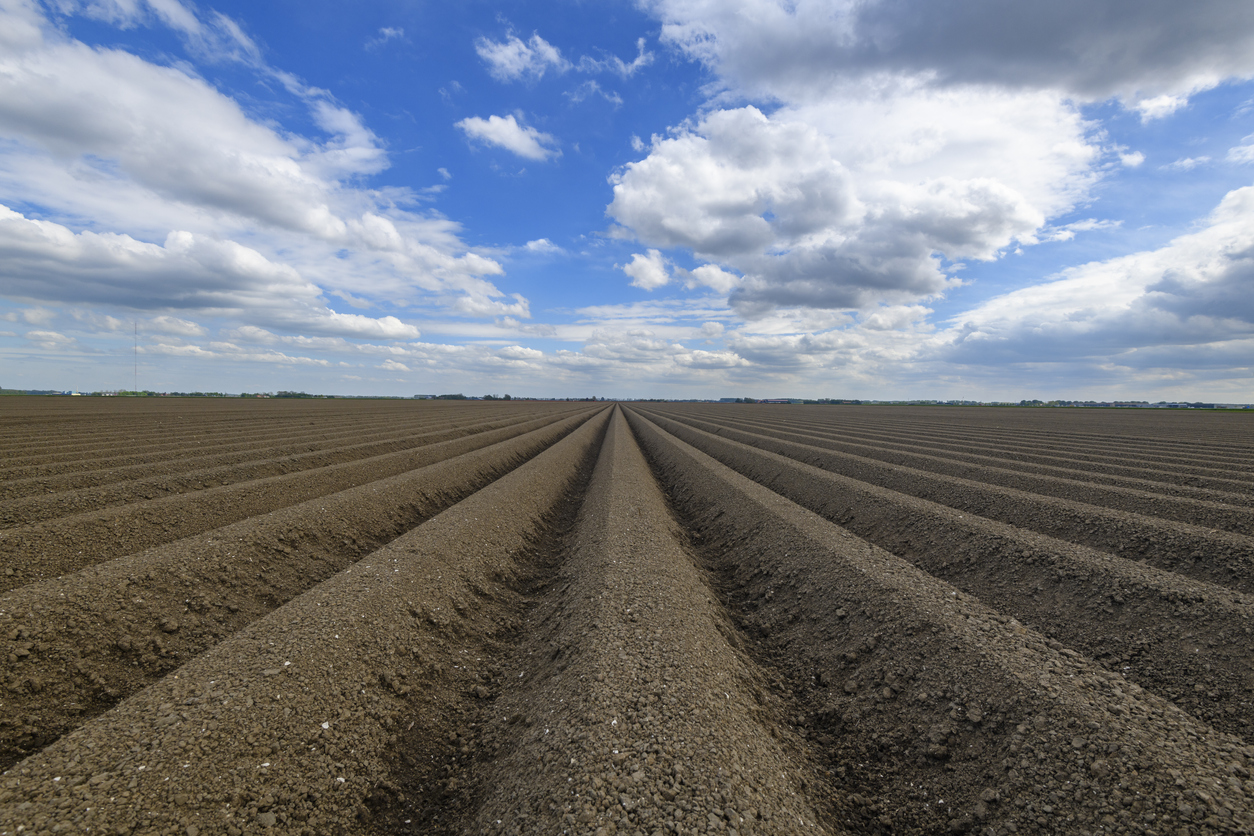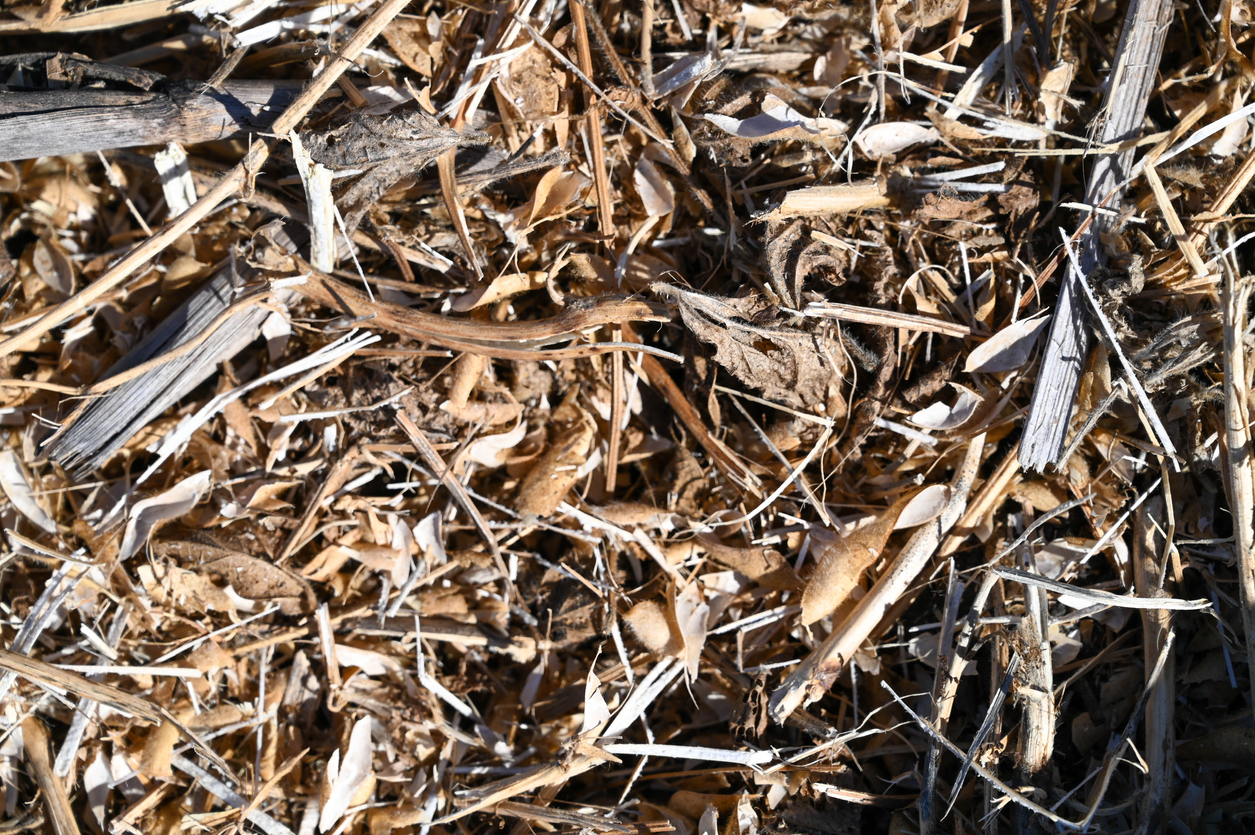Planting Date and Crop Yields

As May approaches, farmers are gearing up for planting season. Every year, weather seems to play havoc with farmer’s desire to get crops planted timely. Early planted crops generally have a yield advantage over late planted crops. Most crop yield is related to moisture at pollination in both corn and soybeans. So, even if crops are planted later than normal, good yields are possible if there is adequate summer moisture. Usually, July rains have a big impact on corn yields, while August rains have more of an impact on soybean yields. With high crop prices, farmers are eager to start planting. Cold wet spring often delay planting. University of Illinois, Dr. Emerson Nafziger, offers some insights on corn and soybean planting dates and yield. Generally, there is about a 3-week window in Ohio for optimal planting which is between April 20th and May 10th. Planting after May 10th on average results in about a 0.3% yield loss per day corn planting is delayed and by the end of May, this ...


